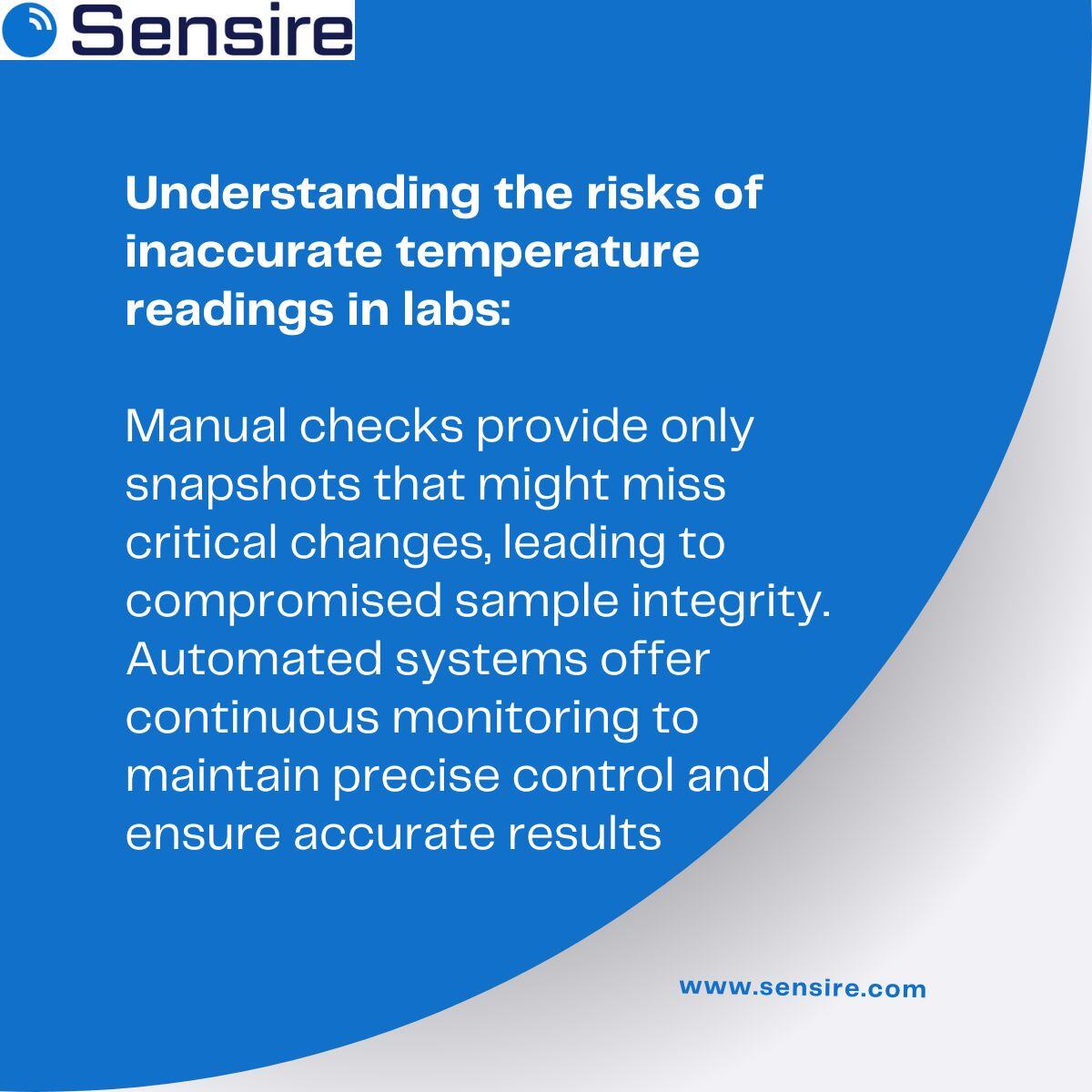Recent scandals involving Svea Vaccin have spotlighted a critical flaw in pharma coldchain : reliance on manual temperature checks that only capture a moment in time, not the entire duration of transport or storage. This blog post examines the limitations of manual monitoring and the transformative impact of automated temperature monitoring systems on ensuring drug safety and compliance from production to patient.
Manual temperature checks provide only intermittent snapshots of conditions, leaving significant gaps during which temperature deviations can occur unnoticed. This gap in data collection poses substantial risks to the integrity and efficacy of temperature-sensitive pharmaceuticals.
Case Study – Svea Vaccin:
Investigative reports uncovered mismanagement at Svea Vaccin, underscoring the dangers of relying on manual checks. Vaccines transported in sub-optimal conditions highlighted how brief moments captured during checks missed critical fluctuations, potentially leading to ineffective treatments being administered to patients.
Beyond individual cases, the pharmaceutical industry at large faces similar risks. Manual checks across various logistics phases—from manufacturing, storage, receiving inspections, and delivery—can fail to detect when products fall out of the required temperature range unnoticed, risking patient safety and regulatory compliance.
/Sensire%20Website/Header/ts_automatic-monitoring-header_opt.jpg?width=2000&height=1000&name=ts_automatic-monitoring-header_opt.jpg)
Unlike manual methods, automated temperature monitoring systems track and record data continuously throughout the transport and storage of pharmaceutical products. This comprehensive monitoring ensures that all regulatory temperature requirements are met at every stage, significantly reducing the risk of compliance breaches.
Automated systems provide real-time alerts if temperatures deviate from set thresholds, allowing immediate corrective actions to be taken. This capability is crucial for maintaining the integrity of pharmaceuticals throughout their lifecycle.
With automated monitoring, the data collected is more accurate and readily accessible. This improves decision-making processes and supports compliance with increasingly stringent regulations.
Evaluate your current logistics and storage systems to determine the specific requirements for automated temperature monitoring. Selection should focus on systems that can integrate seamlessly with existing operations and scale as needs evolve. Effective implementation of automated systems requires thorough training for all staff involved. At Sensire, we train multiple roles within our customers, from QM Directors to Purchasing Executives, and ensuring everyone is proficient with the new system is key to maximizing its benefits and minimizing transition-related disruptions.
The limitations of manual temperature checks in pharmaceutical logistics necessitate a shift to more reliable and efficient automated monitoring systems. Such systems fill the gaps left by manual checks and enhance pharmaceutical products' overall safety, efficacy, and compliance. Embracing this technology is no longer optional but a critical requirement for modern pharmaceutical logistics as we advance.
